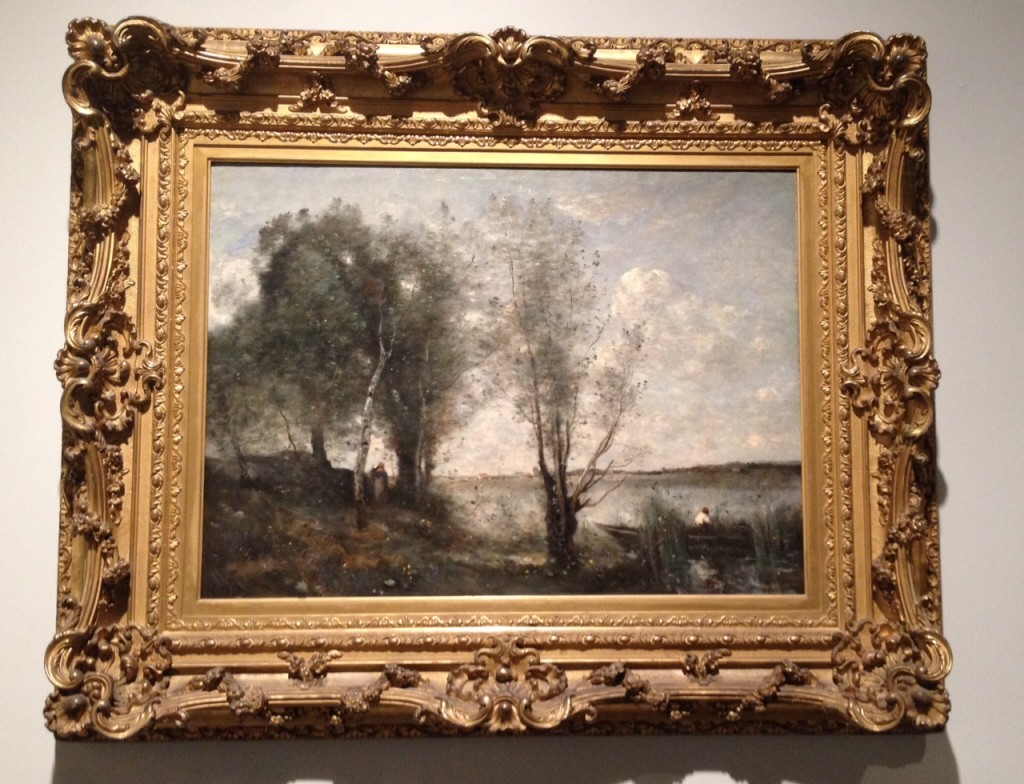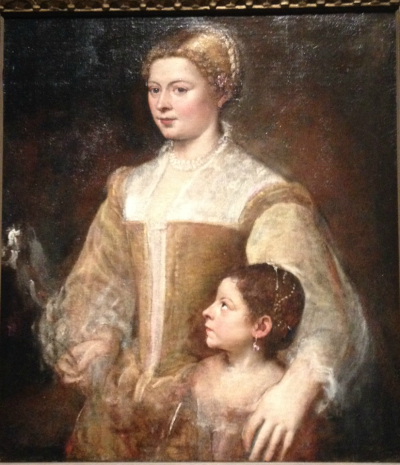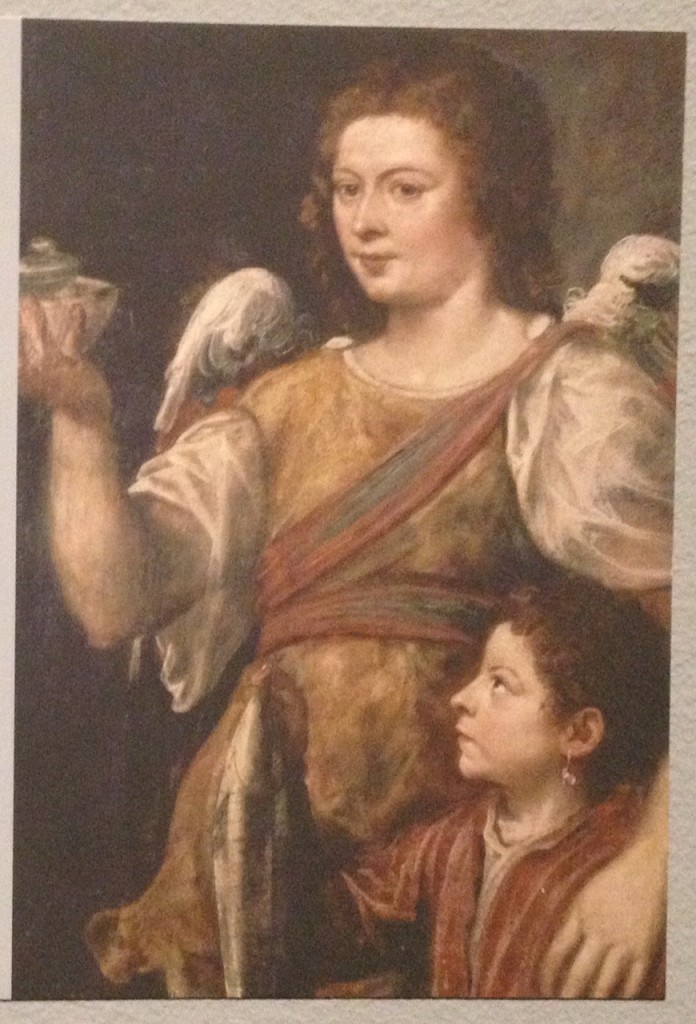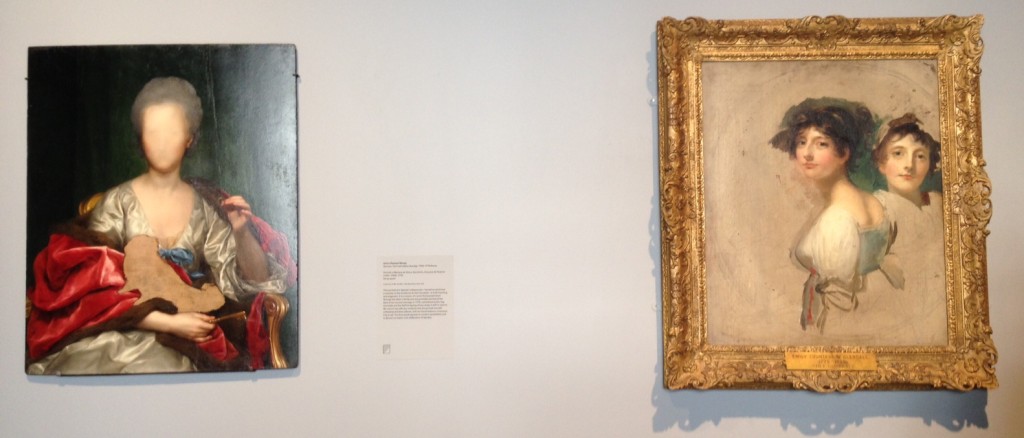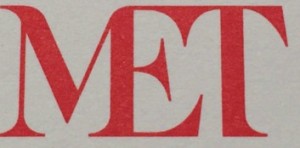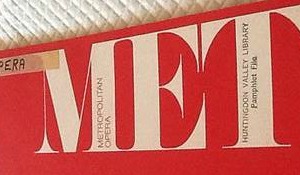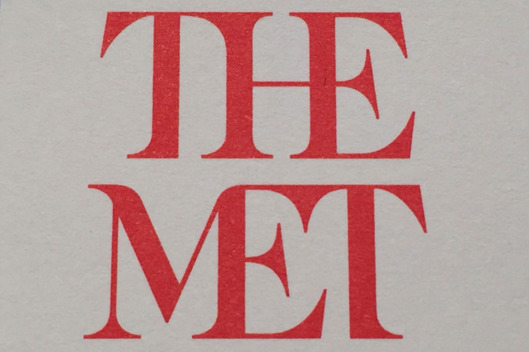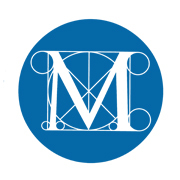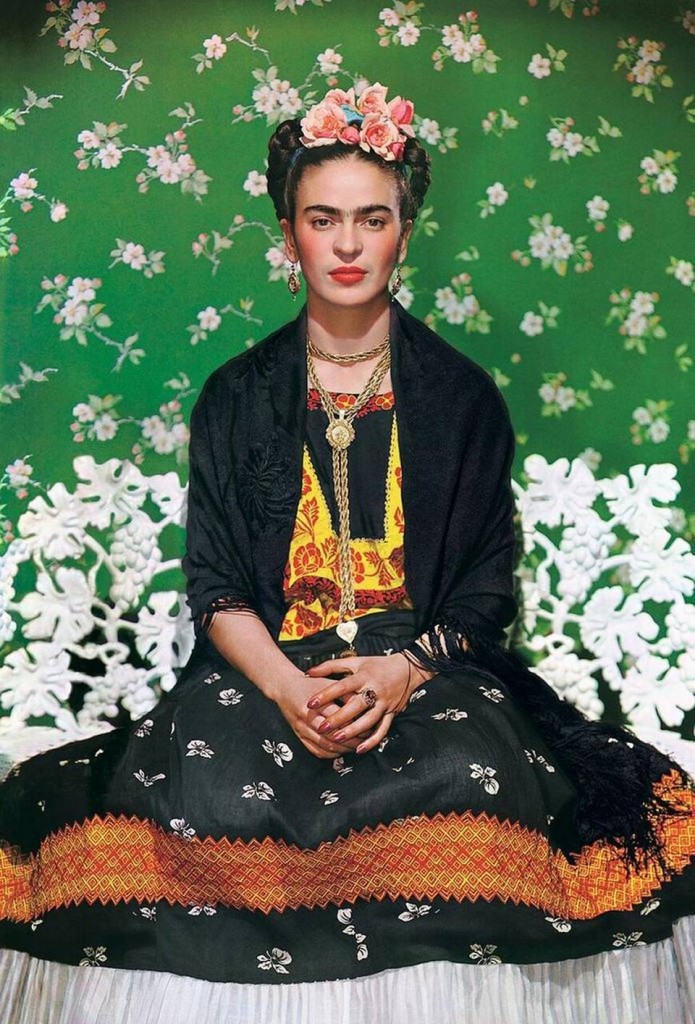Yesterday the trustees of the Fine Arts Museums of San Francisco announced that they had selected Max Hollein, currently director of the Städel Museum in Frankfurt, as their new chief. I’d say that was a good move, based on what I know about Hollein. I’ve have only one long in-person discussion with him, plus over the years a few email exchanges. But Hollein has left plenty of other clues about his museums philosophy and there’s much on the record about his tenure in Frankfurt.
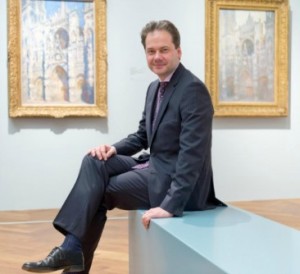 One way to get to know him is to look at this video posted on You Tube last week. In it, he talks about the Städel, its place in a Frankfurt that wanted to up its cultural appeal, its program of adding contemporary art to the museum’s collections, its support from private donors (an experience many European directors who might want to come to the U.S. lack), its use of the web and educational gaming, etc.
One way to get to know him is to look at this video posted on You Tube last week. In it, he talks about the Städel, its place in a Frankfurt that wanted to up its cultural appeal, its program of adding contemporary art to the museum’s collections, its support from private donors (an experience many European directors who might want to come to the U.S. lack), its use of the web and educational gaming, etc.
In one spot (c. 7 min.), he talks about the Liebieghaus, which is part of his current domain. A collection of 5,000 years of sculpture, Hollein says something very important indicates he understands that museums have, and should continue to have, distinct personalities and offer distinct experience.
That bodes well for him in San Francisco. Well, anywhere. Let’s hope the FAMSF directors let him do this job, instead of trying to do it for him (FAMSF is certainly know for an intrusive board).
Beyond the video, there is this excellent interview Hollein did in 2014 with Deutsch Well. At the time, I quoted this passage, still relevant:
I think the job of a museum director is, on the one hand, to define the programmatic identity of the institution, while on the other hand also to make sure that the museum has the potential to develop and evolve – when it comes to the program and the collection as well as the financial circumstances and the culture of support that is directly linked to that. From the beginning on I saw that as one of the main tasks, and I hope I accomplished that to a certain degree.
The interview goes on to talk about different strategies for different circumstances in different places–which he echoed in the more recent video.
And then the German interviewer asked him about attracting young audiences, a question that often brings out the worst in some museum directors. Not Hollein, who said:
The most important realization certainly is that our audience is not a single unit. On the contrary, it’s a very heterogenic group with a different knowledge and expectations when it comes to visiting a museum. If you want to try to appeal to certain parts of the audience more, then you have to develop specific communication initiatives for them, meaning you have to differentiate, or as you would say in economic terms, diversify.
I wish him the best in San Francisco.
Photo Credit: Deutschlandfunk


